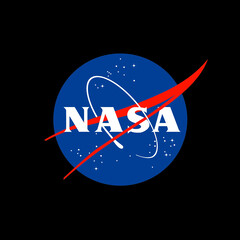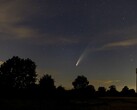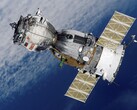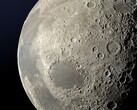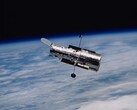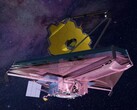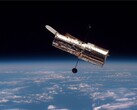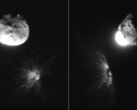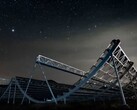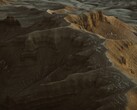NASA is calling on the aerospace community — from commercial to academic institutions and private citizens — to help it track Artemis II Orion spacecraft as it travels to the moon and back. This collaboration call is part of NASA's long-term plan to integrate commercial capabilities into its space navigation and communication network.
The Artemis II mission — currently scheduled to launch April 2026 or before — will send four NASA astronauts on a 10-day flight around the moon. While NASA's Deep Space and Near Space Networks will handle essential communications, NASA is seeking volunteers to assess the potential of non-NASA ground stations in deep space exploration. This builds on the 2022 uncrewed Artemis I mission, where 10 volunteer partners successfully tracked the spacecraft.
Volunteers for the new mission will use their own ground antennas to passively receive Orion's S-band radio signal and collect “one-way Doppler tracking measurements.” This will be a passive operation as volunteers are only permitted to receive radio signals from the spacecraft but not send to it.
This data will help inform our transition to a commercial-first approach, ultimately strengthening the infrastructure needed to support long-term Moon to Mars objectives. — Kevin Coggins, Deputy Associate Administrator for SCaN.
Responses to this call will be due by October 27, participation is strictly voluntary at no cost to the government of the United States. Visit Sam.gov for information on how to apply.
Buy the Nooelec HackRF One Software Defined Radio on Amazon ($349.95).




